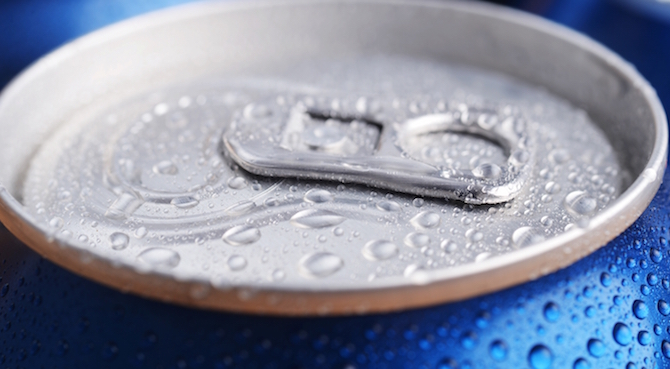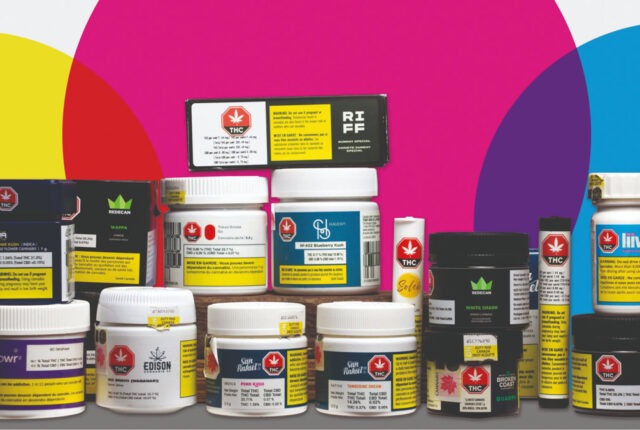When we think of a good, cold summer beer, the image of a glass bottle of beer, with its characteristic elongated neck comes to mind, and of course, it’s properly labeled! Will this image soon be a thing of the past as the use of aluminum cans continues to grow with major brewers and micro breweries?
The environmental aspect of glass bottles and aluminum cans
Consumers like bottles for their look and the spirit of what constitutes a beer. It is iconic to consume a Corona or a Heineken, in its distinctive bottle. You’ll notice that these beers are also available in cans of various sizes.
On the environmental side, both glass and aluminum are recycling champions. Depending on the region you live in, glass bottles are subject to a deposit system organized to encourage recycling or reuse, between manufacturers standardized bottle formats.
It’s a fact that glass is a greener option because it avoids the impact of aluminum mining. In return, aluminum cans have a higher recycling rate than bottles in general. The aluminum industry reported a recycling rate of over 66% in 2013 and this rate is only growing. The glass industry says that 41% of beer bottles and soft drinks were recycled in the United States. This rate has also increased. Both have certainly benefited from policies and implementation systems promoting recycling.
We must remember that aluminum, like glass, can be recycled endlessly.
The benefits of aluminum cans for beer
Technically, the opacity of the cans has the capacity to protect the precious liquid from the light. Beer can grow old without being altered and preserve its flavor and freshness, longer.
Being lighter than glass, aluminum facilitates access to distant markets because of the cost of transport. For the same weight, it carries more liquid hop.
For consumer convenience, cans are easier to carry and accepted where glass is sometimes forbidden, in places such as campsites, beaches and outdoor activities or festivals. For this reason alone, many micro breweries offer their products in cans.
The Beer and the sleeve
Micro breweries can imagine using cans printed by can providers. The minimum quantities are high therefore, it’s only normal to consider the use of an adhesive label on an empty aluminum can, for cost and storage reasons, on cans ordered.
The result can be interesting but for the same price or a small fraction more, the sleeve provides an equally professional result than printed cans do and, for the minimum amount, as its storage is cost efficient.
For micro breweries, beer cans and a sleeve are a winning combination on the aesthetic and economic factor.
Conclusion
As you may have read, the question of the use of a glass bottle or an aluminum can remains a decision for several criteria.
While drinking a micro brewery beer on site, directly from the barrel, is the best experience, it is possible to extend that experience in bottles or cans for different markets, both regular and limited editions. Remember this, regardless of the option. It does not change the content.
Everything is in the design. A nice vintage label with or without embossing or, a beautiful sleeve, will invite consumers to notice your product and enjoy it to its fullest.
Cheers!







